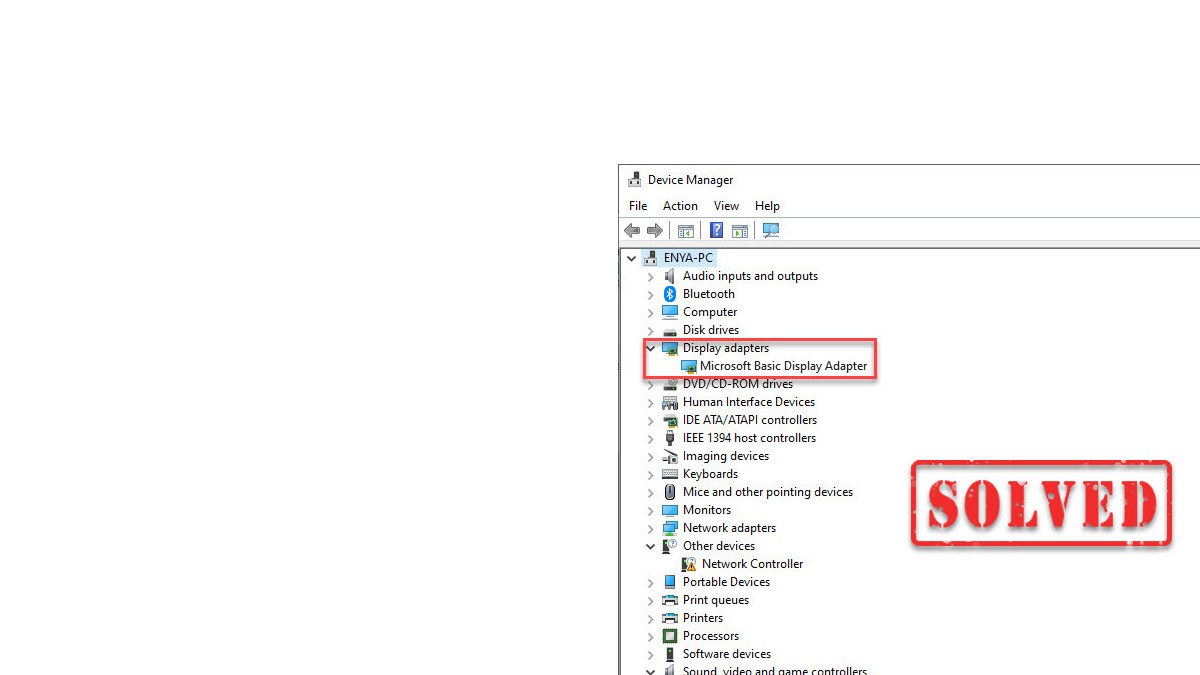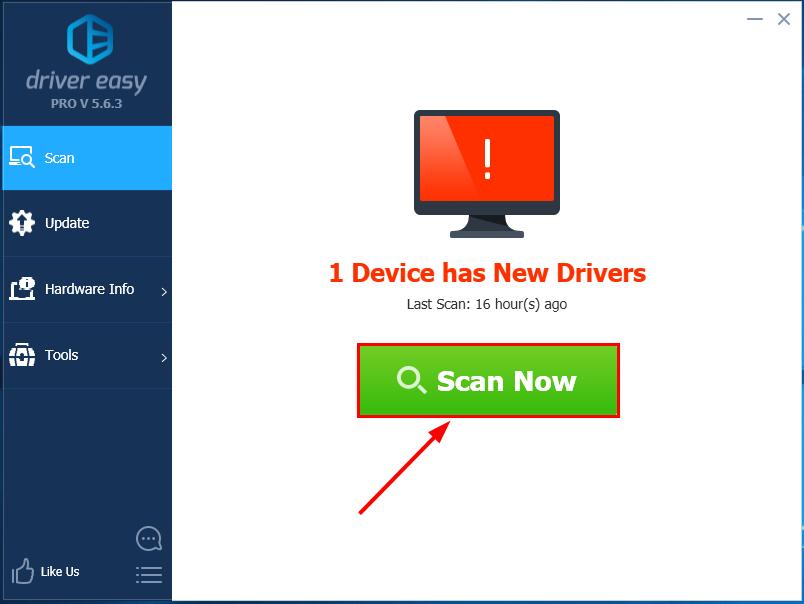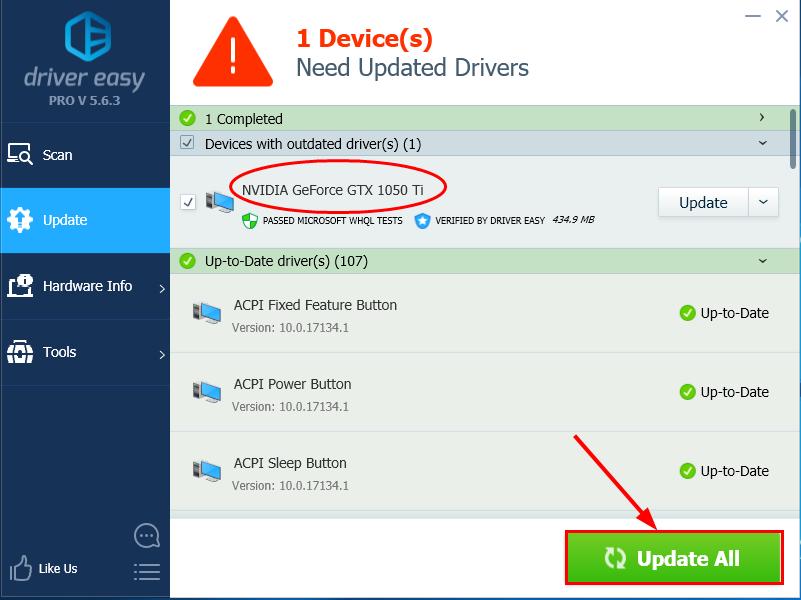Introduction
Display adapters in Device Manager Windows 10 are a type of hardware device that allows a computer to connect to a monitor or other display device. They are responsible for providing the necessary signals to the display device so that it can display the information that the computer is sending. Display adapters are an important part of any computer system, as they are responsible for providing the necessary visuals for the user. In this article, we will discuss the different types of display adapters available in Device Manager Windows 10, as well as how to install and configure them.
How to Troubleshoot Display Adapters In Device Manager Windows 10
If you are having issues with your display adapter in Device Manager on Windows 10, there are a few steps you can take to troubleshoot the issue.
First, check to make sure that the display adapter is enabled in Device Manager. To do this, open Device Manager by pressing the Windows key + X and selecting Device Manager. Once Device Manager is open, expand the Display Adapters section and make sure that the display adapter is enabled. If it is not enabled, right-click on the display adapter and select Enable.
If the display adapter is already enabled, you can try updating the driver. To do this, right-click on the display adapter and select Update Driver. You can then select either “Search automatically for updated driver software” or “Browse my computer for driver software”.
If the issue persists, you can try uninstalling the display adapter and then reinstalling it. To do this, right-click on the display adapter and select Uninstall. Once the display adapter is uninstalled, restart your computer and Windows will automatically reinstall the driver.
If none of these steps resolve the issue, you may need to contact the manufacturer of the display adapter for further assistance.
What to Do When Your Display Adapters In Device Manager Windows 10 Are Not Working
If your display adapters in Device Manager Windows 10 are not working, there are several steps you can take to troubleshoot the issue.
First, check to make sure that the display adapter is properly installed. To do this, open Device Manager and look for the display adapter in the list of devices. If it is not listed, you may need to reinstall the driver.
Second, check to make sure that the display adapter is enabled. To do this, right-click on the display adapter and select “Enable” from the menu. If the option is not available, you may need to update the driver.
Third, check to make sure that the display adapter is connected to the correct port. If the display adapter is connected to the wrong port, it may not be able to communicate with the computer.
Fourth, check to make sure that the display adapter is compatible with your computer. If the display adapter is not compatible, you may need to purchase a new one.
Finally, if none of these steps resolve the issue, you may need to contact the manufacturer of the display adapter for further assistance.
By following these steps, you should be able to troubleshoot any issues with your display adapters in Device Manager Windows 10.
How to Update Your Display Adapters In Device Manager Windows 10
Updating your display adapters in Device Manager on Windows 10 is a simple process that can help ensure your computer is running at its best. To begin, open the Device Manager by pressing the Windows key and typing “Device Manager” into the search bar. Once the Device Manager window is open, locate the “Display Adapters” section and expand it. Right-click on the display adapter you wish to update and select “Update Driver.”
You will then be presented with two options: “Search automatically for updated driver software” and “Browse my computer for driver software.” If you select the first option, Windows will search online for the latest driver version and install it. If you select the second option, you will need to locate the driver file on your computer or download it from the manufacturer’s website. Once you have located the driver file, select it and click “Next” to install the driver.
Once the driver has been installed, you may need to restart your computer for the changes to take effect. After restarting, you can check the Device Manager to ensure the driver has been successfully updated. If you have any further questions or need assistance, please contact your computer manufacturer or a qualified technician.
How to Install New Display Adapters In Device Manager Windows 10
Installing a new display adapter in Device Manager on Windows 10 is a straightforward process. This guide will walk you through the steps necessary to get your new display adapter up and running.
First, open Device Manager. To do this, press the Windows key and type “Device Manager” into the search bar. Select the Device Manager option from the list of results.
Once Device Manager is open, locate the Display Adapters section. Right-click on the section and select “Add Legacy Hardware” from the menu.
The Add Hardware Wizard will open. Click “Next” to continue.
On the next screen, select “Install the hardware that I manually select from a list” and click “Next”.
On the next screen, select “Display Adapters” from the list of hardware types and click “Next”.
On the next screen, select the manufacturer and model of your new display adapter and click “Next”.
The wizard will now install the new display adapter. Once the installation is complete, click “Finish” to close the wizard.
Your new display adapter should now be installed and ready to use. You can verify this by opening Device Manager again and checking that the new display adapter is listed under the Display Adapters section.
Congratulations! You have successfully installed a new display adapter in Device Manager on Windows 10.
What Are the Benefits of Using Display Adapters In Device Manager Windows 10?
Using display adapters in Device Manager Windows 10 offers a number of benefits. Firstly, it allows users to easily manage and configure their display settings. This includes adjusting the resolution, color depth, refresh rate, and other display settings. Additionally, it allows users to easily install and update display drivers, which can help improve the performance of their graphics card. Furthermore, it allows users to troubleshoot any display-related issues they may be experiencing. Finally, it allows users to easily identify and uninstall any outdated or incompatible display drivers. All of these benefits make using display adapters in Device Manager Windows 10 a great way to ensure that users are getting the most out of their graphics card.
How to Optimize Performance with Display Adapters In Device Manager Windows 10
Optimizing performance with display adapters in Device Manager Windows 10 can be done in a few simple steps.
First, open Device Manager. To do this, press the Windows key + X and select Device Manager from the list of options.
Once Device Manager is open, locate the display adapter. This will be listed under the Display Adapters section. Right-click on the display adapter and select Properties.
In the Properties window, select the Driver tab. Here, you can update the driver by clicking the Update Driver button. This will search for the latest version of the driver and install it.
Next, select the Power Management tab. Here, you can adjust the power settings for the display adapter. You can choose to allow the computer to turn off the display adapter to save power or to keep it on for maximum performance.
Finally, select the Advanced tab. Here, you can adjust the performance settings for the display adapter. You can choose to optimize the performance for gaming, video playback, or other tasks.
By following these steps, you can optimize the performance of your display adapter in Device Manager Windows 10.
Q&As
1. What is a Display Adapter in Device Manager?
A Display Adapter in Device Manager is a device driver that allows Windows to communicate with the graphics card or other display device in your computer. It is responsible for controlling the display settings, such as resolution, color depth, refresh rate, and more.
2. How do I find my Display Adapter in Device Manager?
To find your Display Adapter in Device Manager, open the Device Manager window by pressing the Windows key + X and selecting Device Manager. Then, expand the Display Adapters section to view the list of installed display adapters.
3. What is the difference between a Display Adapter and a Graphics Card?
A Display Adapter is a device driver that allows Windows to communicate with the graphics card or other display device in your computer. A Graphics Card is the actual hardware component that is responsible for rendering images on the screen.
4. How do I update my Display Adapter in Device Manager?
To update your Display Adapter in Device Manager, open the Device Manager window by pressing the Windows key + X and selecting Device Manager. Then, right-click on the Display Adapter and select Update Driver. Follow the on-screen instructions to complete the update.
5. What is the purpose of having multiple Display Adapters in Device Manager?
Having multiple Display Adapters in Device Manager allows you to use multiple monitors or multiple graphics cards in your computer. This can be useful for gaming, video editing, or other tasks that require more than one display.
6. Can I disable a Display Adapter in Device Manager?
Yes, you can disable a Display Adapter in Device Manager. To do this, open the Device Manager window by pressing the Windows key + X and selecting Device Manager. Then, right-click on the Display Adapter and select Disable.






